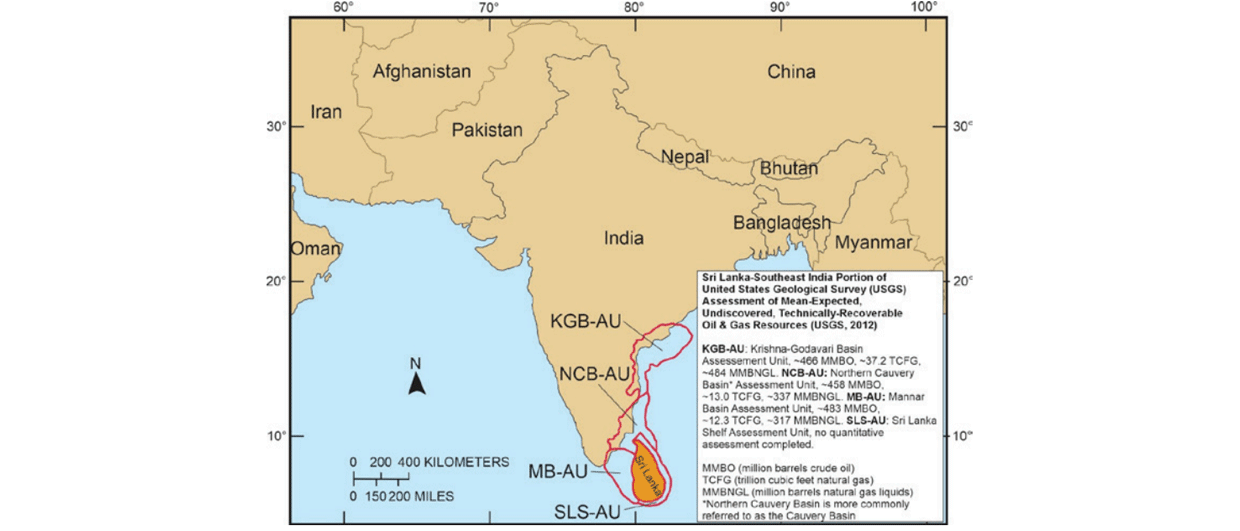Myanmar, or Burma as it was previously known, is a south-east Asian country covering a total land area of approximately 678,500 km2 flanked by India and Bangladesh to the west, Thailand to the east and China to the north.
Oil and gas production in the country dates back hundreds of years, with the first onshore hydrocarbon discoveries made in the late 19th century. The modern petroleum industry was established during Britain’s colonial administration of the country. The national oil company Myanma Oil and Gas Enterprise (MOGE) was established in 1985 and is responsible for issuing oil and gas licences in Myanmar. The country is tentatively emerging from its previous authoritative regime to one that is attempting to embrace transparency and the democratic ideal, although the new government remains military-backed, with an ex-general as president.
Onshore blocks available
After a successful bid round that opened on 8 July 2011 and which led to the award of 10 PSCs announced on 23 August 2011, the 2013 bid round announcement sees 18 onshore blocks up for bidding. The list, which was announced on 17 January 2013, includes the 16,828 km2 PSC C1 that had been relinquished by then operator China National Offshore Oil Corp (CNOOC) in August 2012. It also includes two blocks, PSC O in the Ayeyarwady Delta and MOGE 4 in the Pyay Embayment, which have been pre-awarded, the latter to Nobel Oil.
The offshore offering, however, has already been postponed twice to an indefinite date in 2013 and the latest news is that MOGE is preparing for the release of offshore blocks without committing to any timeframe. Some operators have relinquished areas of low prospectivity, and MOGE has also been targeting those who had not fulfilled their commitments in the offshore areas through 2012, probably in anticipation of the release of these as part of the 2013 offshore bid round, in addition to offering frontier areas in the Bay of Bengal. The International Tribunal for the Law of the Sea had issued its verdict on the dispute over the territorial water boundaries between Myanmar and Bangladesh on 14 March 2012, paving the way for potentially more deepwater frontier offshore areas to be announced as part of the 2013 offshore bid round. The offshore situation is being watched by the larger players in the industry as these blocks offer higher return on investments albeit with greater risks involved.
Potential boom?
With the official lifting of Myanmar’s ban on international trade and investments in May 2012, the prospect of a boom in foreign involvement in the once isolated and impoverished country is gaining momentum. In 2012, farm-in activity was noted to be picking up in the offshore areas, with French giant Total teaming up with Japanese partner JX Nippon to farm-in to the 5,373 km2 offshore Block M-11 located in the Moattama Basin. Australian operator Woodside farmed-in to two blocks in 2012, deepwater AD-7 located in the Bengal Basin and Block A-6 situated in the Rakhine Basin. It may be construed that the country is taking positive steps to veer sharply from its past ‘modus operandi’, but the disadvantages of operating in Myanmar include high political risk, low transparency rules and procedures – and rife corruption.





